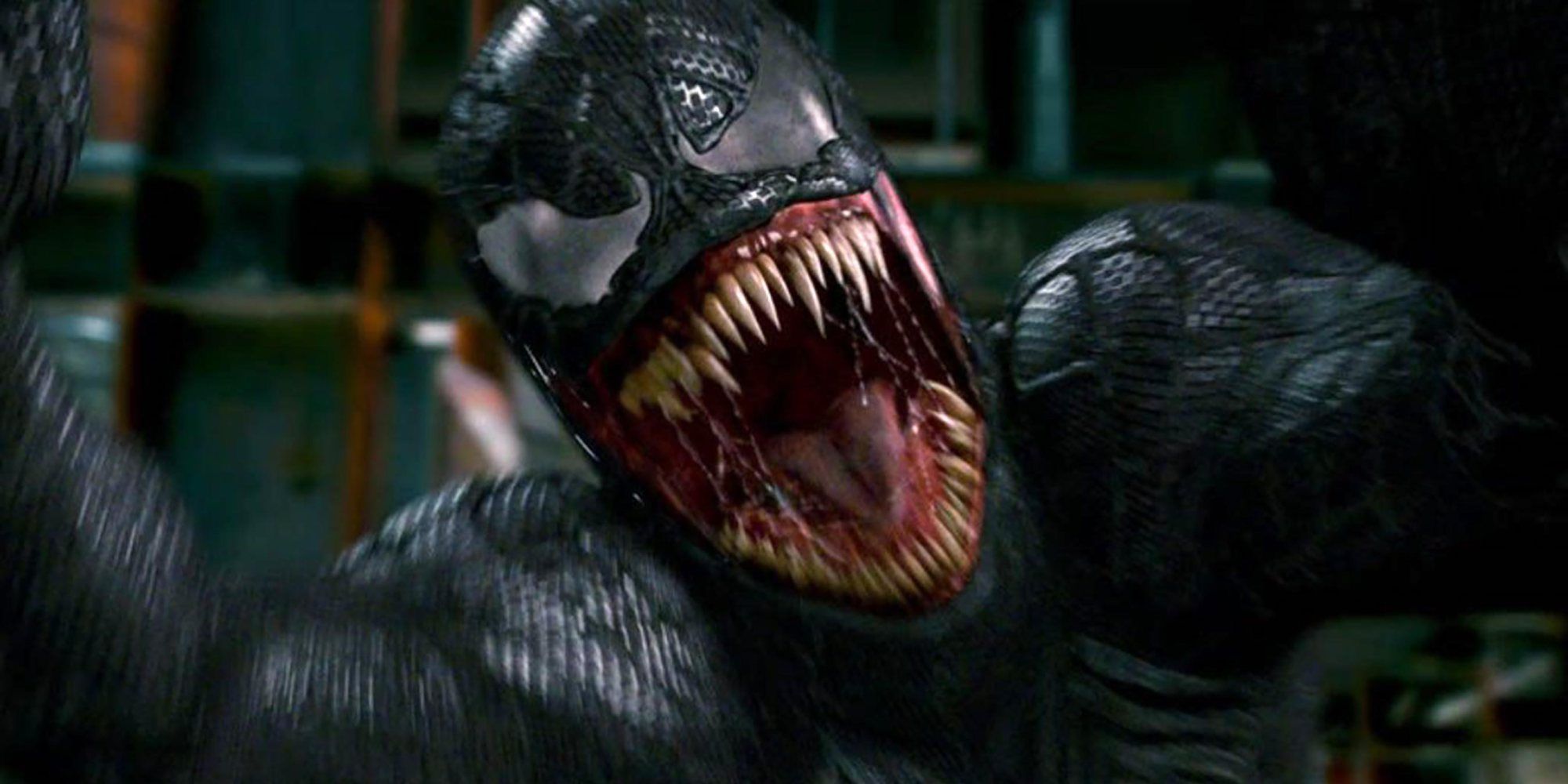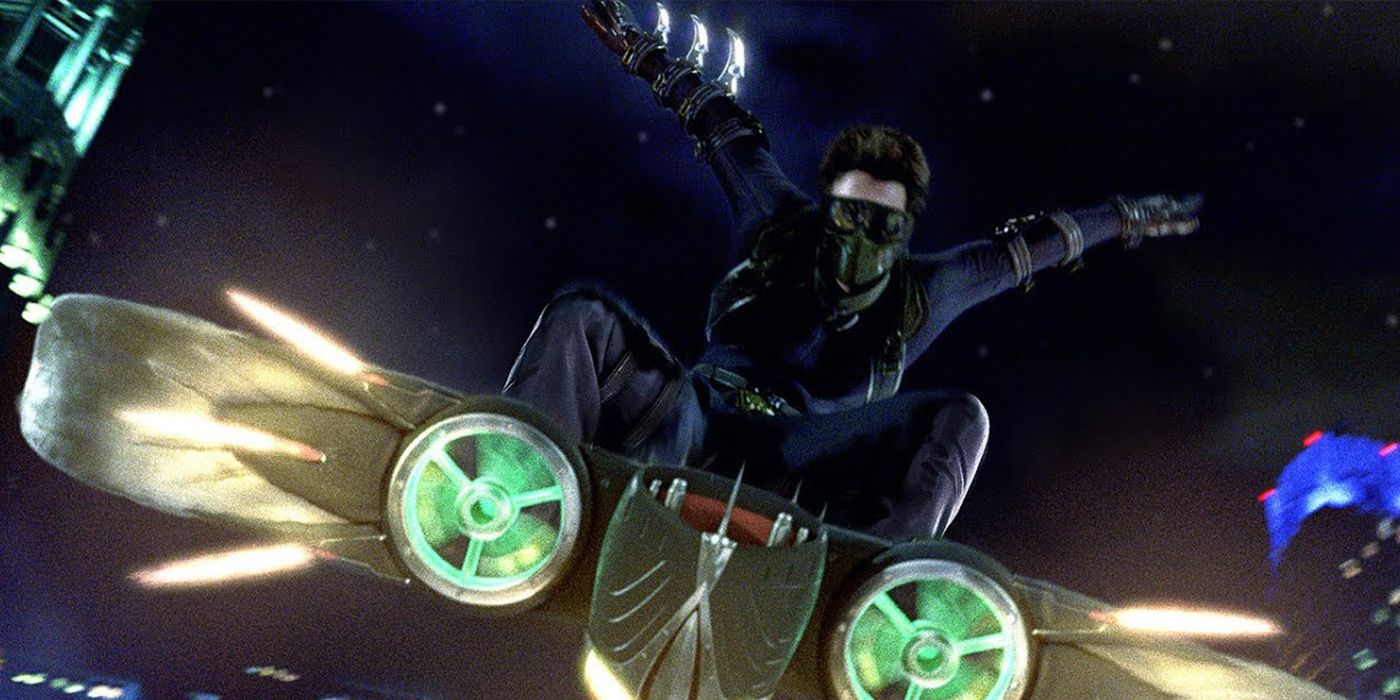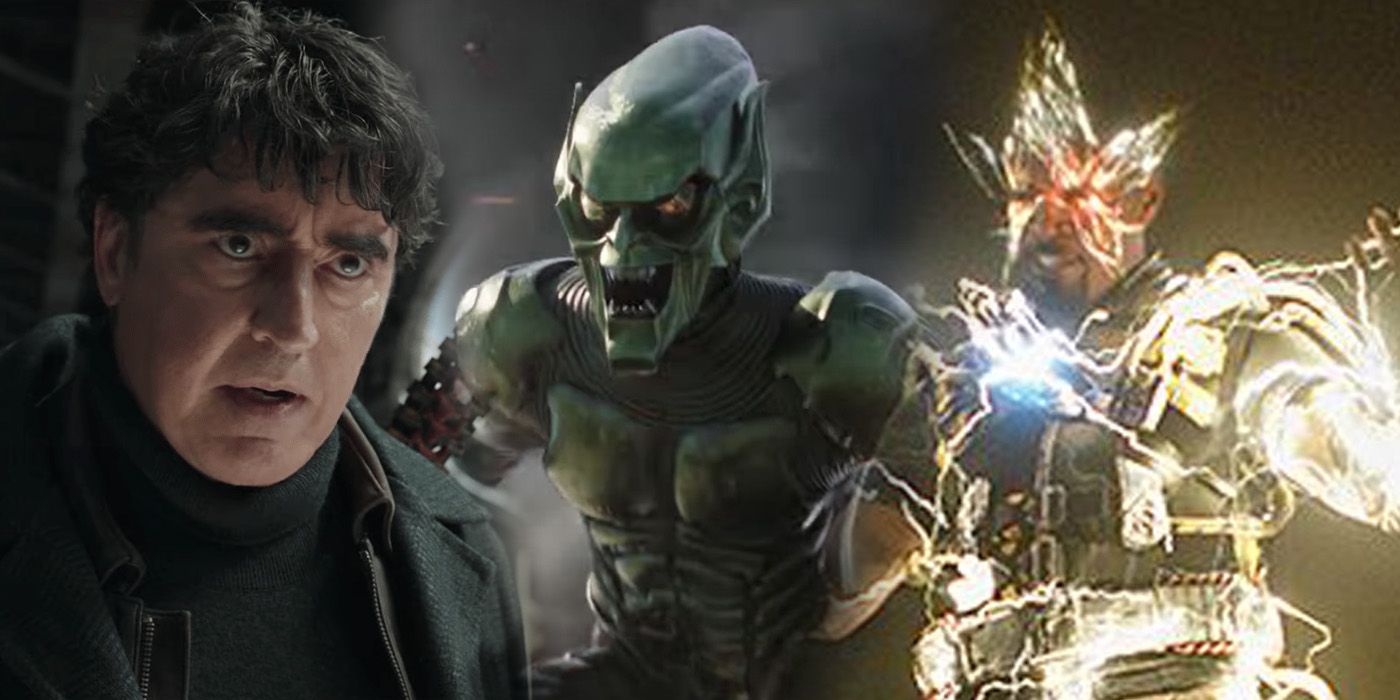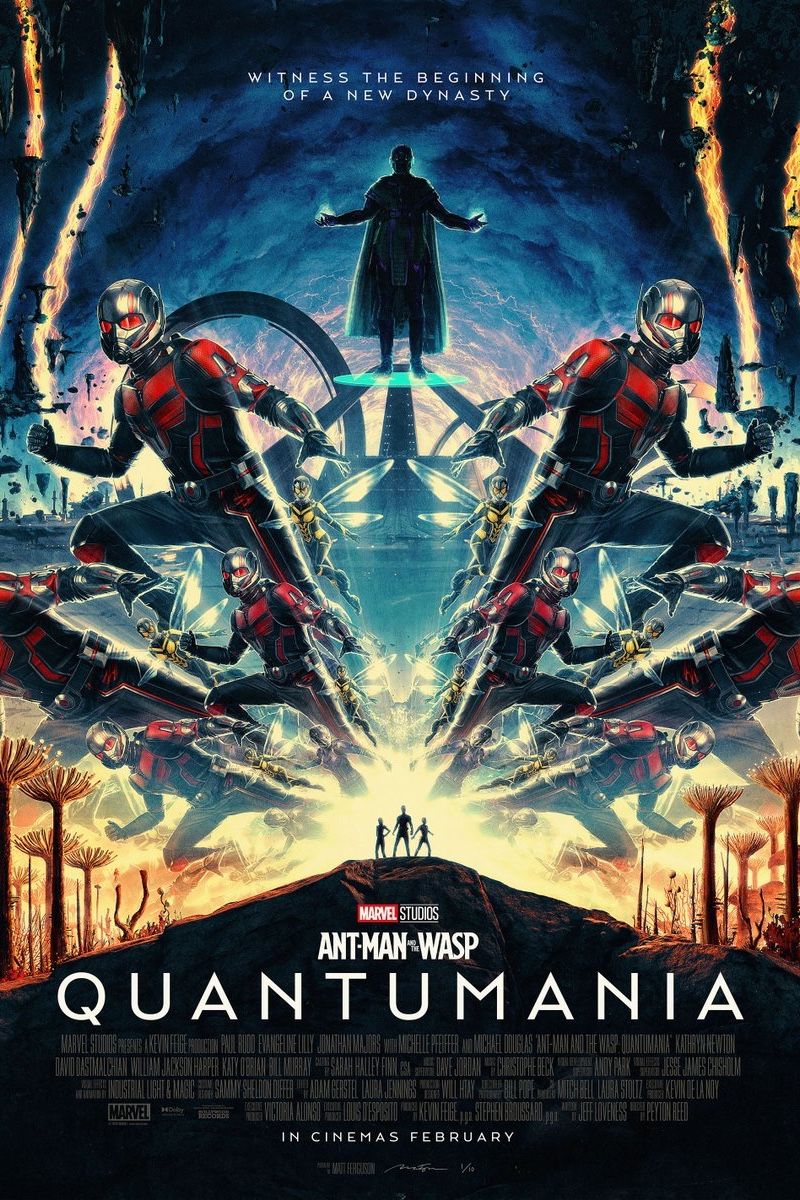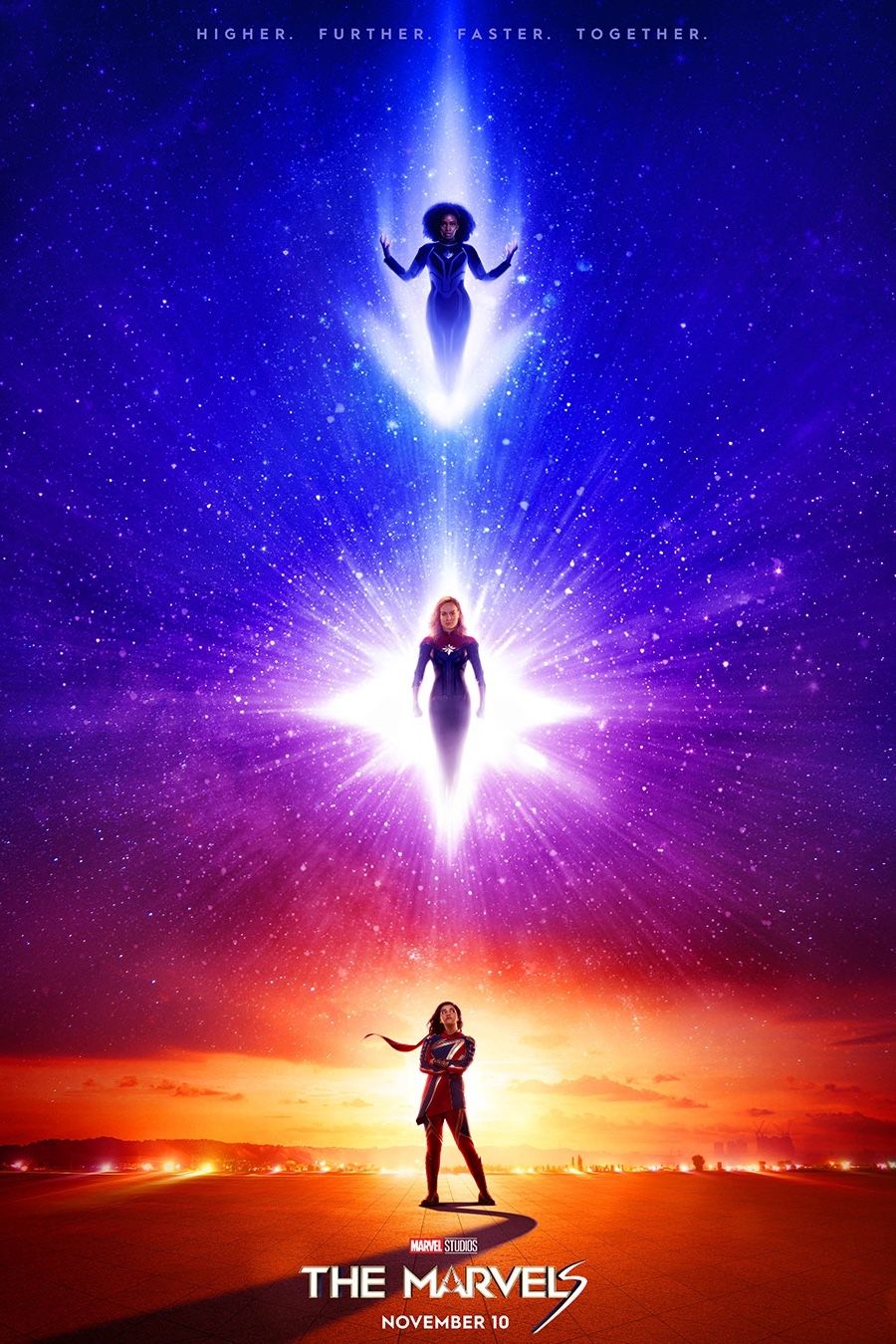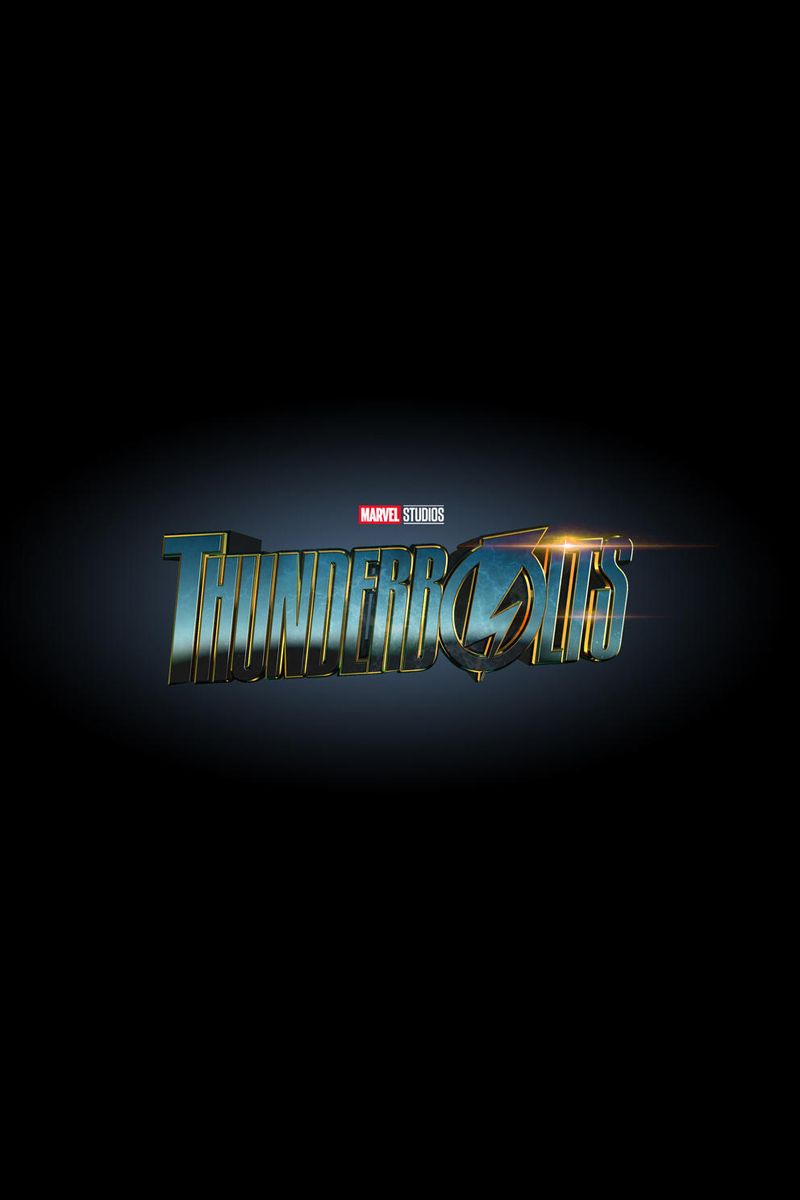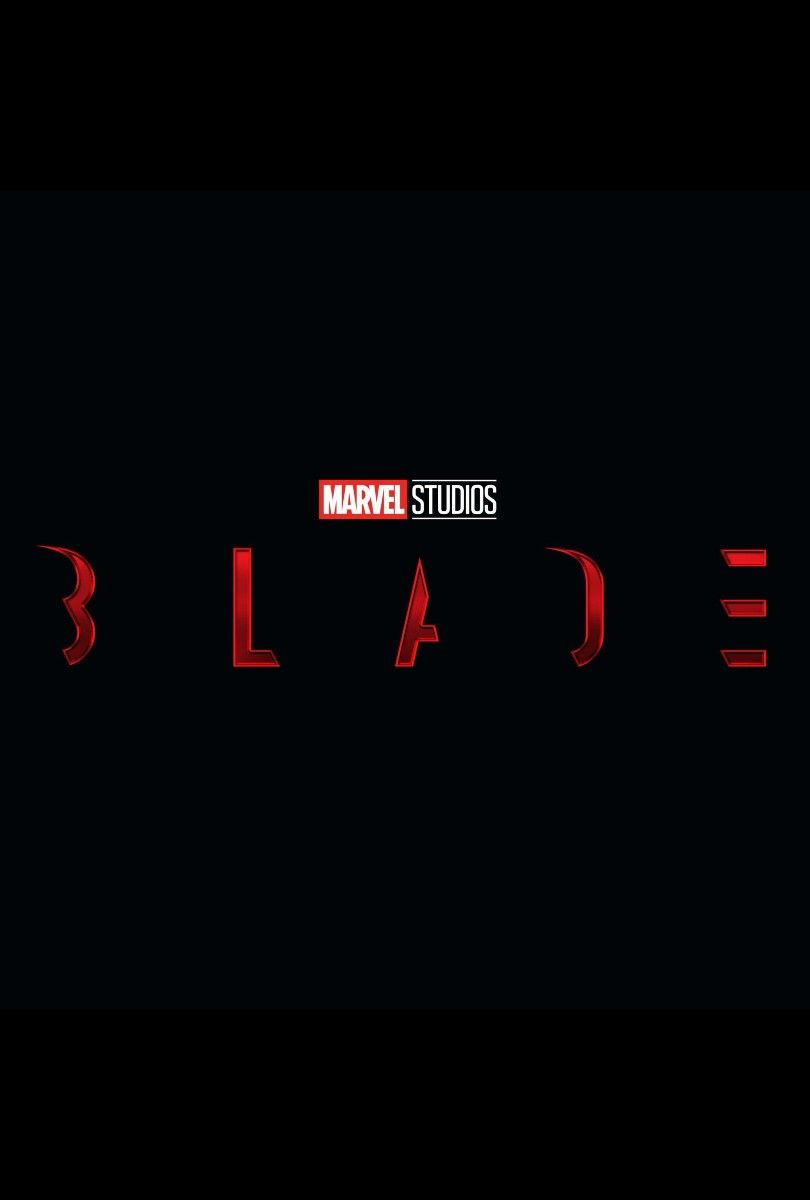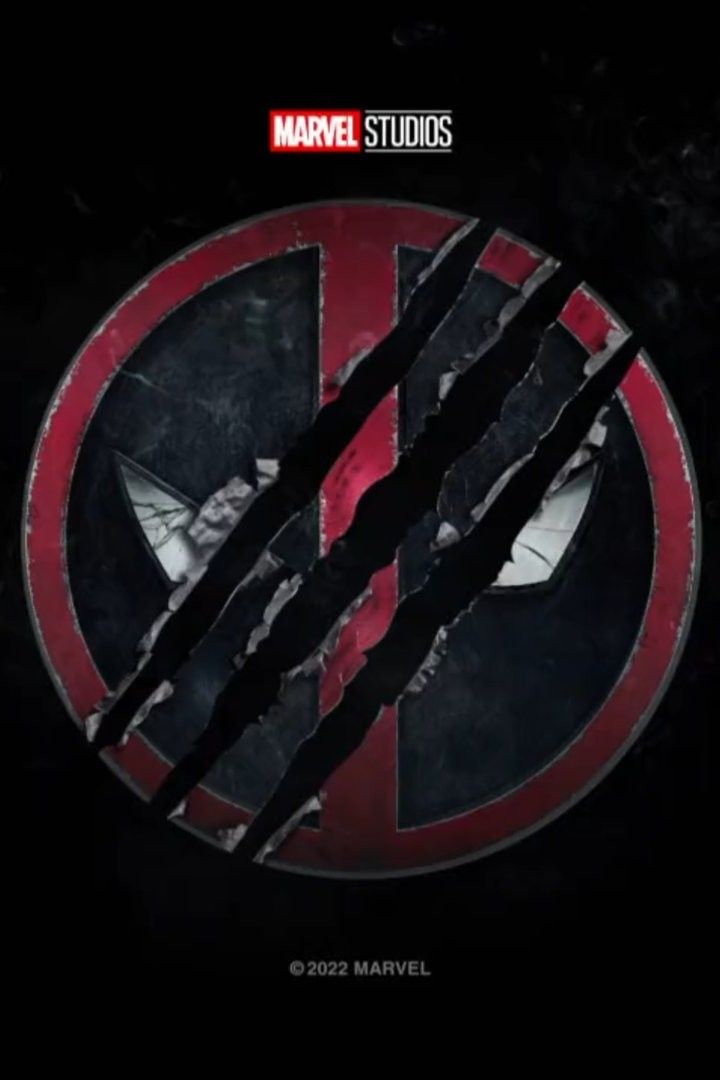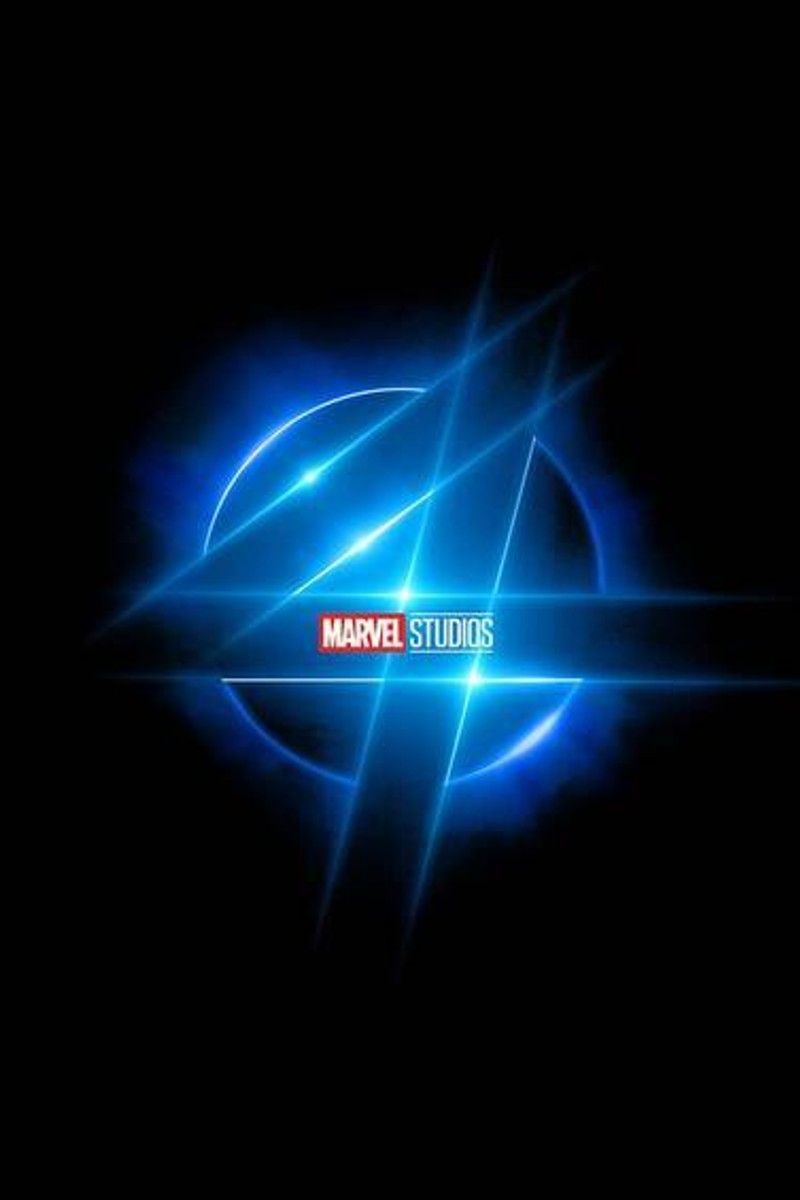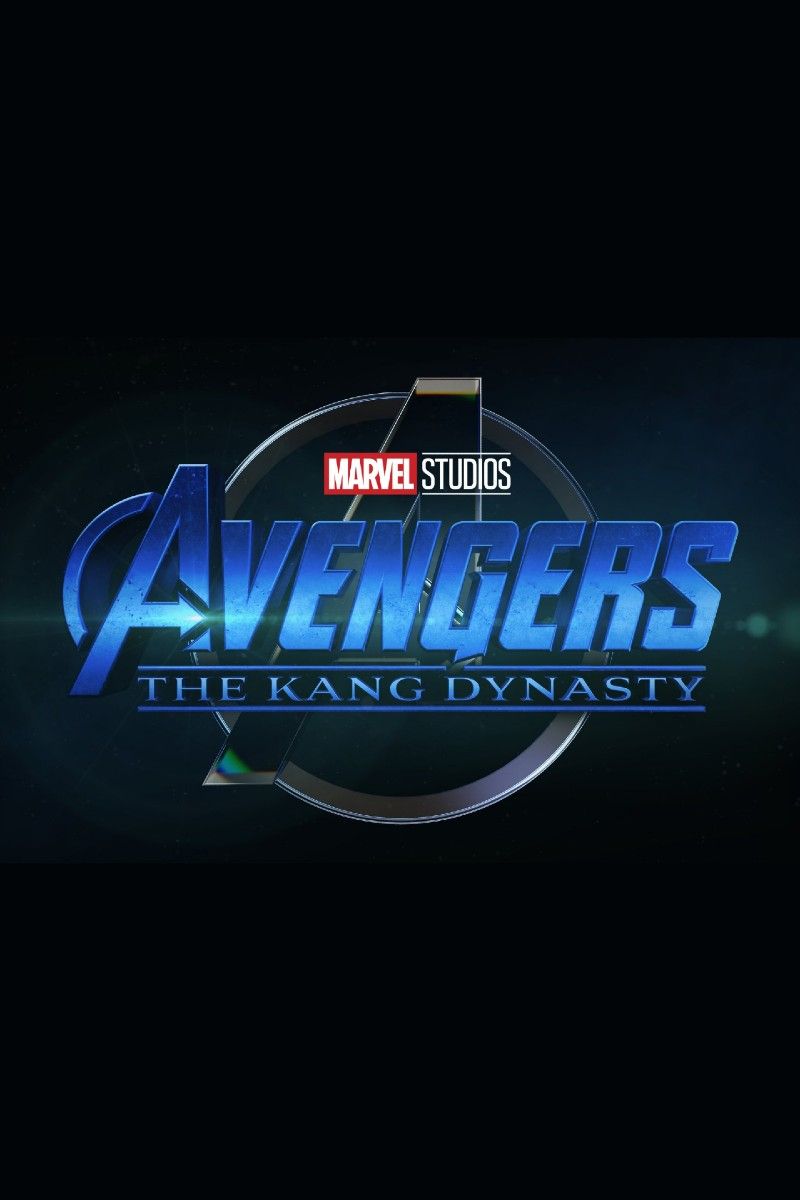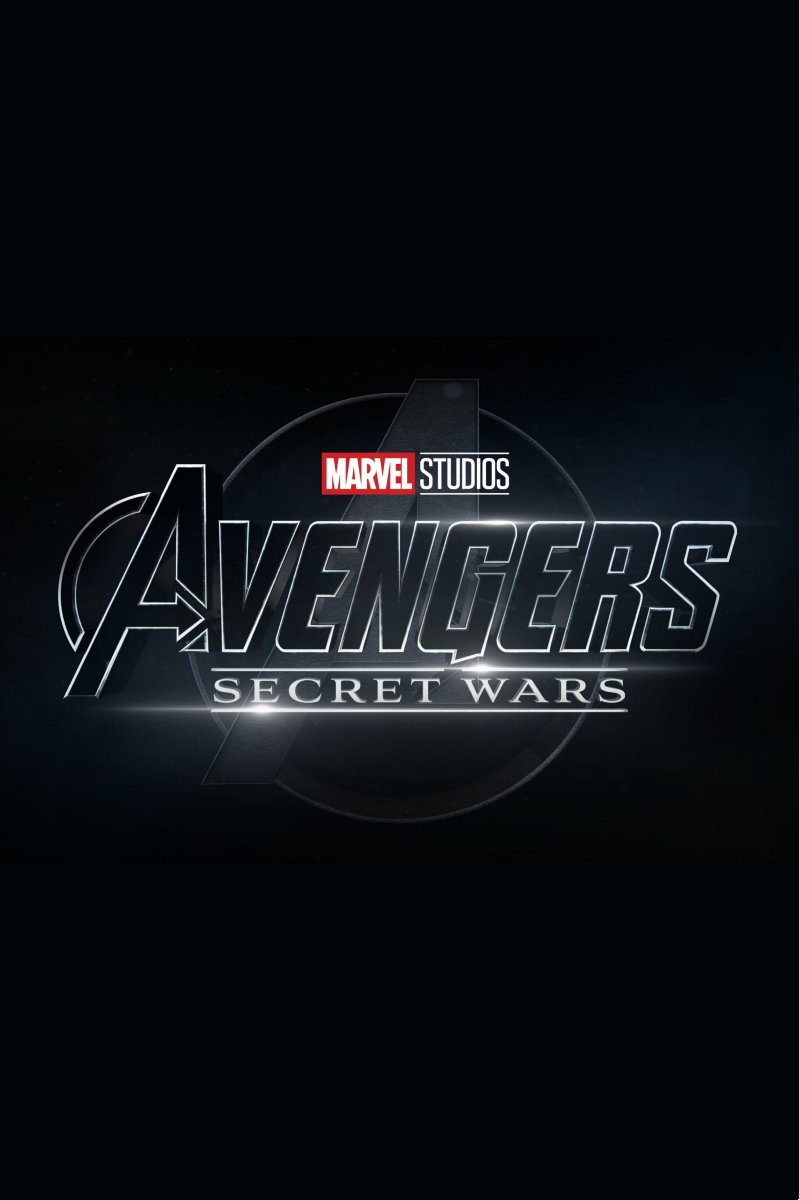Spider-Man: No Way Home features numerous Spider-Man villains from the first two franchises, but its missing antagonists had good reason to be omitted. No Way Home unites all three generations of Sony and Marvel’s Spider-Man films, fittingly pitting Tobey Maguire, Andrew Garfield, and Tom Holland’s respective web-slingers against such foes as Willem Dafoe’s Green Goblin, Alfred Molina’s Doctor Octopus, and Jamie Foxx’s Electro. The film is notably missing supervillains from the Sam Raimi and Marc Webb Spider-Man films, though the majority of them are acknowledged through implication. For both thematic and practical purposes, the film makes the right decision to leave them out of the excitement.
Although No Way Home features five villains from previous live-action Spider-Man films, it is notably missing the New Goblin and Venom from the Raimi franchise along with Rhino and Harry Osborn’s Green Goblin from the Amazing Spider-Man duology. Moreover, the Raimi and Webb continuities include even more supervillains than their films thanks to spinoff materials such as video games, novels, and prequel comics. Including these characters would not have worked in No Way Home as the missing villains generally do not fit with the film’s theme and in many cases would be logistically problematic for what is ultimately a well-balanced love letter to three generations of Spider-Man movies.
No Way Home Is About Redemption - And Most Missing Villains Don't Fit That
Each of No Way Home’s villains is in some way a good person who, through an accident, gained a darker half alongside their powers. Norman Osborn’s worst traits become uninhibited by the Goblin formula and manifest as a separate personality, while Otto Octavius and Curt Connors act completely unlike their typically altruistic selves, thanks to their respective accidents. In Max Dillon and Flint Marko’s cases, their powers do not change their personalities but rather give them the means to act on their darker impulses, with Dillon craving more power and recognition and Marko wishing to reunite with his daughter. In each case, losing their powers helps the villains redeem themselves.
Spider-Man 3’s iteration of Eddie Brock's Venom would not be so easily cured or redeemed. The Venom symbiote shows almost no good or even neutral qualities in Spider-Man 3 other than enhancing Spider-Man’s powers and granting Eddie Brock similar spider-like abilities (albeit at the cost of strengthening violent and toxic traits in both cases) and Eddie Brock himself is shown to be a conniving and potentially violent person with plenty of toxic traits before bonding with the symbiote. Separating Brock from the symbiote would not suddenly make him a good person and none of the Spider-Man variants have the qualifications to help him truly redeem himself.
Similarly, The Rhino (Aleksei Sytsevich) is portrayed as little more than a common criminal in The Amazing Spider-Man 2, albeit one who later dons a suit of weapons-laden armor. Not only does the Rhino lack powers to be “cured” of, but he would also not be redeemed if his armor is disabled. Moreover, Sytsevich is unaware that Spider-Man is Peter Parker, so he would not be transported into the MCU in the first place. Harry Osborn’s Green Goblin is also portrayed with villainous tendencies before taking his universe’s Goblin formula. The formula (a modified spider venom serum) seems to have only exacerbated his already manic behavior.
Spider-Man 3's New Goblin Redeemed Himself On His Own
Although including the Sam Raimi version of Harry Osborn, a.k.a. the New Goblin, would have resulted in several fascinating interactions and situations in No Way Home, he would be a significant anomaly in the film. James Franco’s Harry Osborn is by no means a villainous person, even as he tries to avenge his father by killing Spider-Man. Harry believed that Spider-Man was a murderer and while his actions endanger Mary Jane Watson, numerous civilians, and Peter Parker (before Harry learns of Spider-Man’s secret identity), he does not actively seek to harm anyone other than Spider-Man. New Goblin would have still been a villain in No Way Home, at least initially.
Harry Osborn gains his superpowers from the same Goblin formula as Norman Osborn, but the New Goblin is not quite the cackling, sadistic, maniac that the Green Goblin is. The only sign of the formula affecting Harry’s sanity is his hallucinations of Norman as he recovers from amnesia, yet he has visions of his father before he is exposed to the formula in Spider-Man 2, making this detail unclear. Harry redeems himself without any antidote to the Goblin serum, allowing him to fight Venom and Sandman in Spider-Man 3. 2002’s Spider-Man notes that some test subjects retain their sanity upon exposure to the Goblin formula, possibly explaining Harry’s behavior.
Including the New Goblin in No Way Home would have also created an odd situation for Harry, as he’d inevitably encounter Norman Osborn alive and well. With his father alive again, Harry may be motivated to continue his endeavor to kill Spider-Man at the Green Goblin’s behest, perhaps redeeming himself as he rediscovers how evil the Green Goblin persona is (and how little the Goblin personality cares about Harry), possibly resulting in New Goblin joining the three Spider-Man variants in No Way Home’s final battle. In all cases, Harry’s arc would risk overshadowing that of Tom Holland’s Spider-Man, and it would certainly interfere with his own rivalry with Norman.
No Way Home Had The Right Amount Of Spider-Man Villains
The Sam Raimi and Marc Webb Spider-Man film franchises are often criticized for falling into the trap of having “too many villains” in their respective final entries but No Way Home balances out its five antagonists surprisingly well. This is largely owed to the film breezing through the villains’ origins and motivations (with most viewers presumed to be familiar with the previous Spider-Man movies) and tying them together with the common theme of redemption. Including the missing four Raimi and Webb Spider-Man villains would make the film overcrowded, but it would have been even worse if No Way Home brought the non-movie Raimi and Webb Spider-Man villains into the fold.
Canonical spinoff material in Tobey Maguire and Andrew Garfield’s respective Spider-Man universes give each web-slinger a far larger rogue’s gallery than what is shown in the films, with multiple iterations of the same villains existing in some cases. Tobey Maguire’s Spider-Man has dealt with his own version of Mysterio and had to turn his universe’s Lizard back into Curt Connors. Both Tobey and Andrew’s Spider-Man universes also include versions of Black Cat and Kraven the Hunter, who have yet to make their live-action debuts (outside of a non-costumed cameo for the former). By limiting its antagonists to only five thematically-connected cinematic villains, Spider-Man: No Way Home made the right decision.


